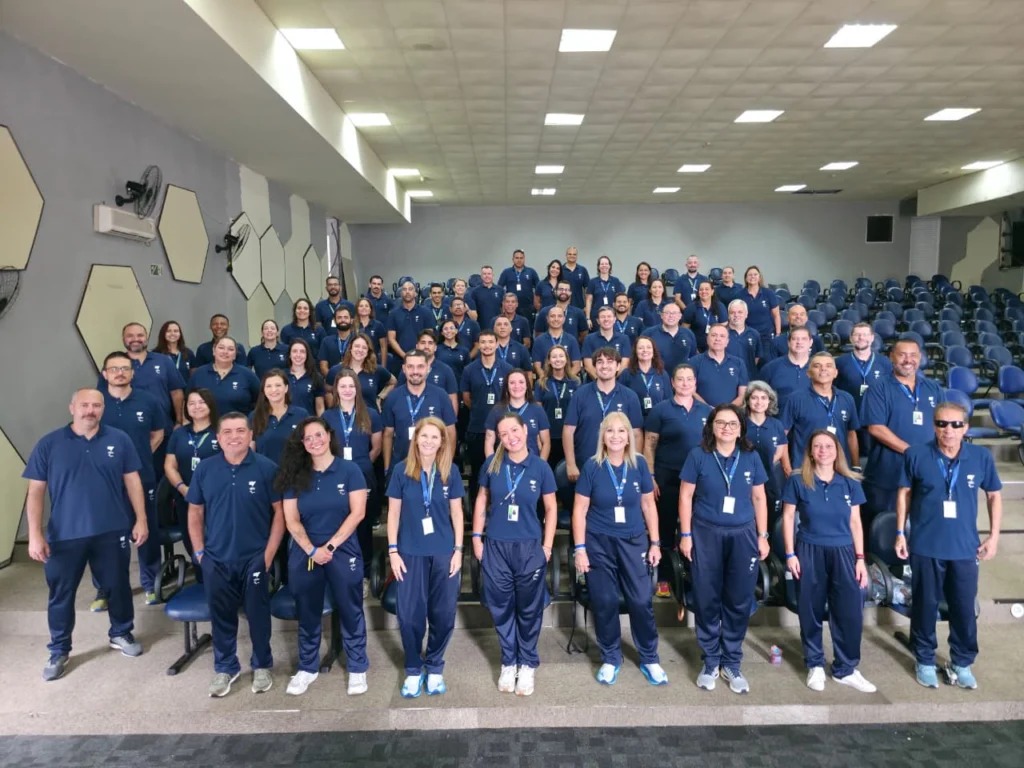By the year 2050, according to the World Health Organization (WHO), one in four people will live with some degree of hearing loss. This risk grows among the younger population: according to the Organization, which established March 3 as World Hearing Day, it is expected that 1 billion people between 12 and 35 years of age present with hearing loss. With a surge in sales during the pandemic in Brazil, the indiscriminate use of headphones, both in terms of time and intensity, is primarily responsible for this reality, reports the multiprofessional speech therapist preceptor at the Santos Dumont Institute (ISD), Rogéria Dias.
“In recent years, with the popularization of cell phones and the arrival of Covid-19, sales of these devices have increased significantly. It was a job requirement and, many times, the only leisure condition for many people”, reports Rogéria. According to her, there are two main problems involved in the use of headphones that can increase the chances of hearing loss: high volumes, above 80 decibels, and prolonged exposure to their use for hours.
“Any sonic device that can emit a sound
high intensity will affect the cells that are responsible for receiving that sound. This alteration can be transient or permanent, and this will depend on the intensity of the sound, the time and the way I am exposed to it”, he explains.
At a show or a party with loud music, for example, it is common for the individual to leave the place with the feeling of reduced hearing capacity. Hours later, this sensation tends to disappear in many cases. With the use of headphones, however, the loss can be gradual – which makes it difficult both to identify the problem and to search for solutions to correct it as soon as possible in order to avoid a permanent change in hearing. Rogéria Dias reports that she has already treated patients under 30 years of age who had irreversible hearing loss due to the use of these devices.
“Often, these patients don't realize it, because the death of these cells is gradual. When the WHO says that 25% of this population will have hearing loss, it is not so much the result of the music in the show or a specific event, but mainly the indiscriminate use of headphones”, highlights the speech therapist.
Care is indispensable
If headphones are here to stay in our reality, the precautions that must be taken to avoid damage due to their constant use can and should, according to health authorities, be part of the routine of users of this equipment.
The first precautions, according to the multidisciplinary speech therapist preceptor, should be taken from the time of choosing the device. “If possible, prefer shell-shaped headphones, the so-called 'Headphones', rather than the model that is placed inside the ear, because this type of headphone is very close to the tympanic membrane, and the impact caused by this proximity it will be bigger”, says Rogéria Dias.
Next, it's important to be mindful of volume. “The most modern cell phones already have flags that tell you when you are exceeding the capacity indicated for that device. Ideally, we could use about 60% of the sound capacity of these devices to avoid causing damage to these cells”, emphasizes the speech therapist. If the individual does not have this technology, however, there are other techniques that can be adopted. “If I'm wearing headphones and you're able to hear what I'm listening to, it's a sign that I've possibly already exceeded the safety limit, and I could already start to have cell lesions”, points out Rogéria Dias.
Finally, she highlights the importance of auditory rest, to avoid overloading this system. “If I listen to music for 30 minutes, the ideal would be for me to rest for 5 (minutes), so that the system is not overloaded. A lot of people put their headphones on and go to sleep, for example, and this is very harmful”. Avoiding using the earphones only on one side is also a strategy to avoid overloading the auditory system.
Care at shows and events
Although headphones are considered the main risks for hearing loss among young people, Rogéria Dias says that it is also important to be aware of very loud noises at concerts and events. In these cases, it is also possible to protect yourself by using ear protectors or, in the absence of these, the muted headphones. “Using your headphones during a concert, on mute, can also serve as a barrier to help reduce possible damage that may be caused to the auditory cells in this space”, he says.
See WHO recommendations to reduce the risks of hearing loss
Do not exceed the maximum average of 100 decibels;
Monitor sound levels using equipment calibrated by experts;
Optimize acoustics and sound systems to ensure quality and safety;
Make individual hearing protection available to the public, including instructions for use;
Access to quiet zones for people to rest their ears and decrease the risk of hearing damage;
Provide training and information to employees.
Text: Mariana Ceci / Ascom – ISD
Photograph: Ricardo Araújo / Ascom – ISD
Communication Office
comunicacao@isd.org.br
(84) 99416-1880
Santos Dumont Institute (ISD)
It is a Social Organization linked to the Ministry of Education (MEC) and includes the Edmond and Lily Safra International Institute of Neurosciences and the Anita Garibaldi Health Education and Research Center, both in Macaíba. ISD's mission is to promote education for life, forming citizens through integrated teaching, research and extension actions, in addition to contributing to a fairer and more humane transformation of Brazilian social reality.













